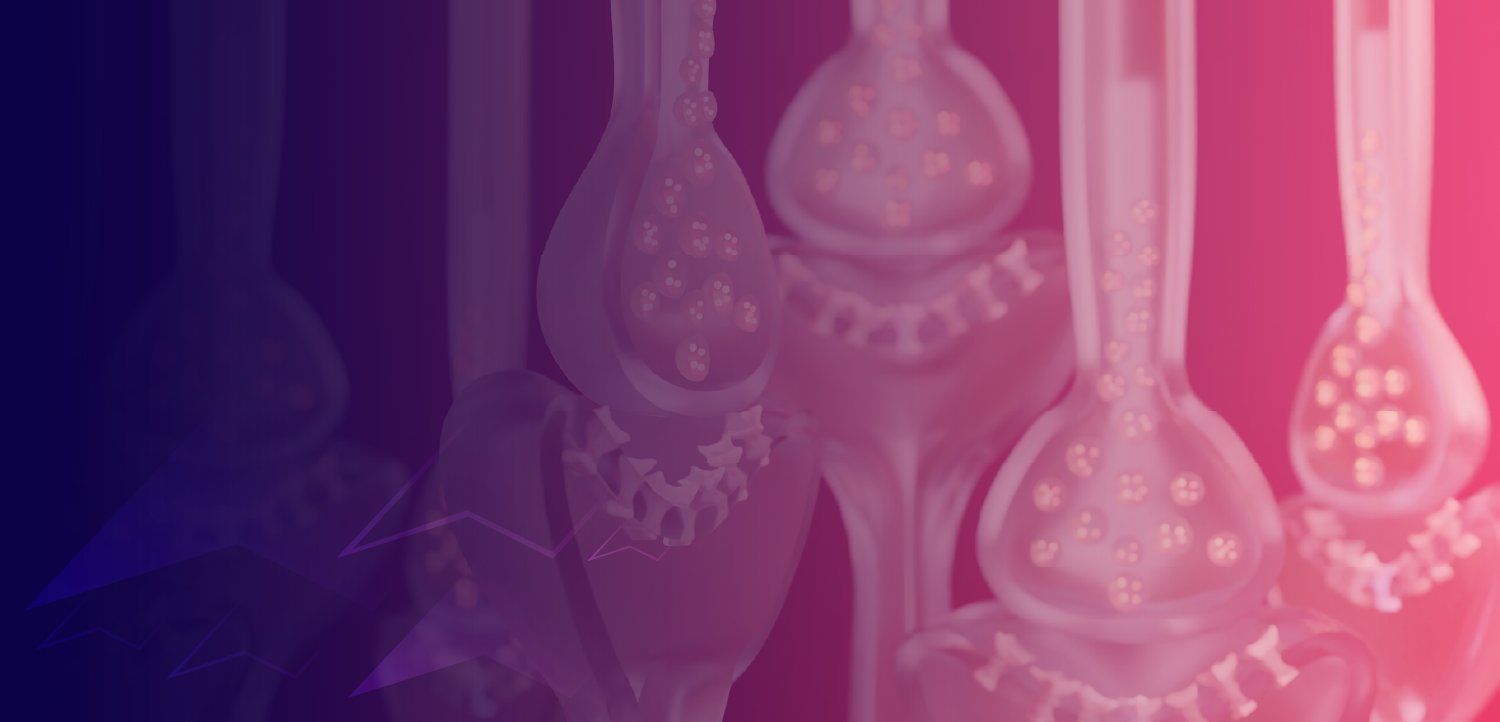
Pain and Joint Problems Drive Higher Depression, Anxiety in People with Hemophilia
Those with hemophilia face heightened risks of depression and anxiety due to pain and joint issues, impacting their overall mental health and quality of life.
People living with hemophilia are more likely to experience depression, anxiety and stress than most others. Barriers such as pain, joint problems and past viral infections—
Hemophilia tends to lead to repeated joint bleeding, which can cause long-term damage known as hemophilic arthropathy, mainly occurring in the ankles, knees and elbows. This joint damage can limit movement, cause chronic pain,and significantly affect quality of life.
Hemophilia is a rare bleeding disorder that affects about 33,000 males in the United States, according to CDC estimates. It causes spontaneous bleeding or excessive bleeding after injury, often in the joints, which can lead to chronic joint problems.
Hemophilia A is caused by low levels of clotting factor VIII and is three to four times more common than hemophilia B, which involves low levels of clotting factor IX.
Research has shown that those with hemophilia face much higher rates of depression and anxiety than the general population. Study authors shared that in a separate review, depressive symptoms were found in over 40% of this population. Those with a more severe level of the disease appeared to be at even greater risk.
Anxiety is also common and may have physical consequences, as stress and acute anxiety can potentially increase bleeding risk by affecting blood clotting. Pain, joint problems and other disease-specific challenges, such as low treatment adherence, could further raise the risk of mental health problems.
To investigate this topic, researchers examined depression, anxiety and stress levels in folks with hemophilia compared to those more healthy, while exploring how disease severity, pain and joint damage influence psychological well-being.
This secondary analysis included adult men with mild, moderate or severe hemophilia A or B, along with age-matched healthy controls, drawn from multicenter observational studies conducted between 2018 and 2023. Only baseline data were analyzed, and duplicate entries were removed.
Patients with mild or moderate disease were grouped as non-severe hemophilia. Participants were also excluded for other bleeding disorders, recent joint surgery, recent bleeding episodes or musculoskeletal conditions in controls. All provided informed consent.
Emotional state was assessed using the Depression, Anxiety and Stress Scales (DASS), and clinical data were collected through a custom questionnaire. Pain sensitivity was also measured with a handheld algometer at the most affected and contralateral joints, while pain intensity and persistence were rated on numerical and categorical scales.
Joint health was scored using the Haemophilia Joint Health Score, and data were analyzed with parametric or nonparametric tests.
The study included 379 people with hemophilia and 271 without. Most participants with severe hemophilia (93.4%) were on preventive treatment, while about three-quarters with non-severe disease (76.1%) received treatment only as needed. Viral coinfections were present in 7.7% of those with the condition, including HIV and hepatitis, though all hepatitis cases had been successfully treated before the study.
Based on results, those with hemophilia showed significantly higher rates of depression, anxiety, stress and overall emotional distress compared with healthy controls. These psychological outcomes were not linked to body mass index, type or severity of hemophilia or treatment type.
However, those with hemophilia and hepatitis reported more severe depression, higher stress and greater emotional distress, while those over 40 or living with HIV also had higher stress scores.
In addition, pain was common, with 62% reporting current pain and 85% reporting pain in the past four weeks, compared to 19% and 41% of controls. Chronic pain was found to last more than two years; it affected nearly half of patients with hemophilia and was strongly associated with worse psychological health.
These findings highlight the need to better understand the connection between physical and mental health in hemophilia, a link this study explores in depth.
This study’s strengths include its large sample of folks with hemophilia and healthy controls, as well as linking pain sensitivity, measured by pressure pain thresholds, to psychological symptoms in these groups. These efforts add to an important but underexplored area, the authors noted.
However, several limitations do exist.
For example, psychological symptoms were assessed only through self-report, not clinical diagnosis, which limits accuracy in prevalence. Investigations into planned regression could not be performed due to non-normal data as well. Factors such as physical activity, sleep quality, socioeconomic status, pain interference and treatment type were not collected. Pain assessment was global rather than joint-specific, limiting clear data.
In addition, as an observational study, the findings cannot confirm causation, and possible selection or collider bias may exist. Age differences between groups may also have influenced results, though it’s likely minimal.
Authors suggest future research should address these limitations, examine lifestyle and disease-specific factors and explore whether psychological interventions such as hypnosis or breathing techniques can reduce pain sensitivity and improve mental health in those with hemophilia.
Newsletter
Get the latest industry news, event updates, and more from Managed healthcare Executive.


















































